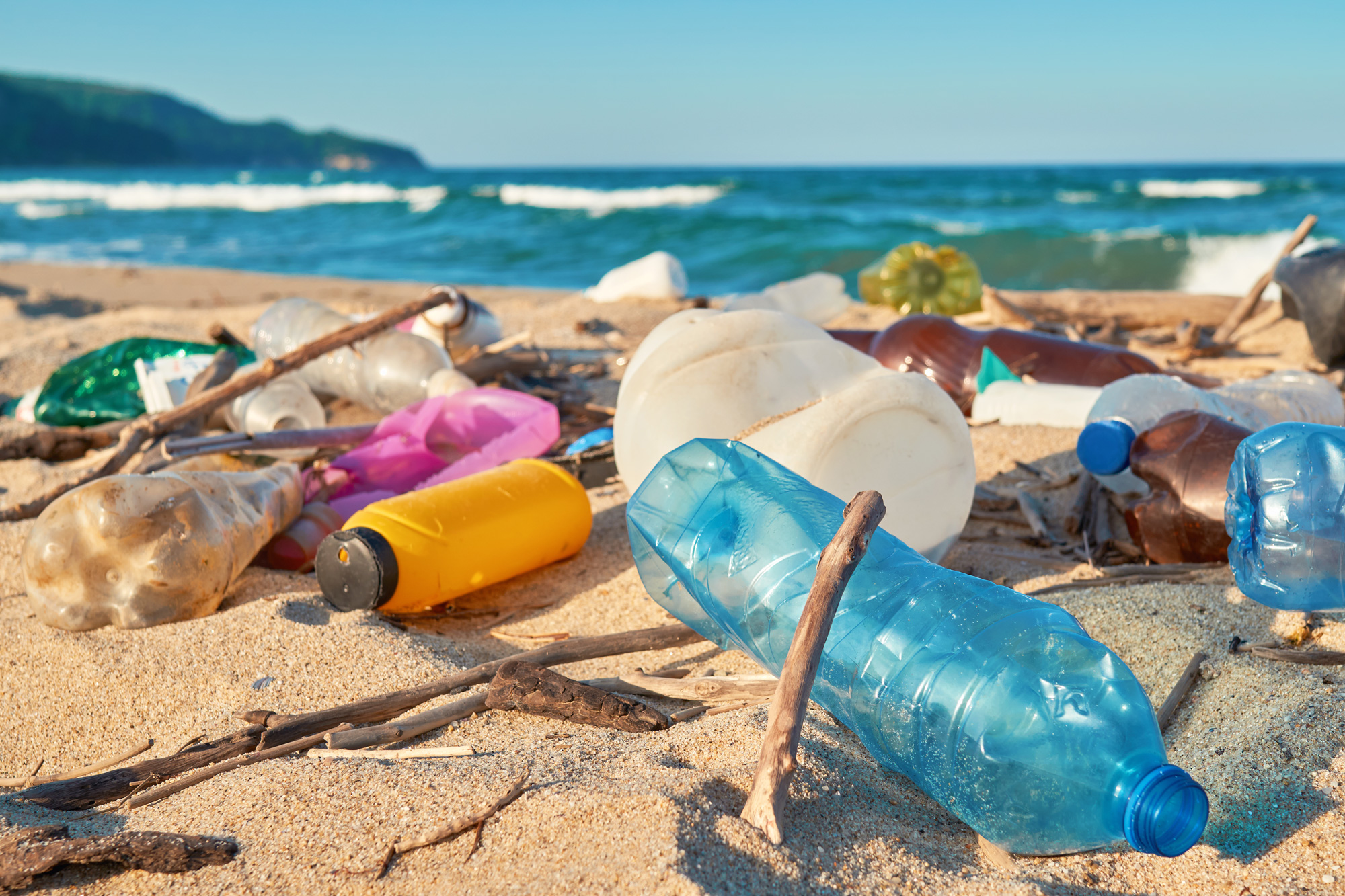In today’s eco-conscious landscape, consumers increasingly look for brands that prioritize sustainability. Nearly three-fourths of consumers are already actively seeking out more environmentally friendly products to buy. That number is only expected to rise in the coming years. Manufacturers can take advantage of these consumer shifts by transitioning from unsustainable materials like plastic to environmentally friendly packaging like paperboard folding cartons during the initial packaging design or redesign process. Limiting unsustainable packaging resonates with sustainability-minded shoppers and helps companies meet their own green goals.
Why Do Manufacturers Use Plastic Packaging?
Plastic is among the most common types of packaging used today. While modern-day consumers generally dislike the use of plastic for packaging, many manufacturers continue to use it. While plastic’s lightweight, transparent, and durable barrier offers benefits, low costs are often considered the main factor driving plastic packaging production. Compared to many other types of packaging, plastic is usually the cheapest.
Why is Plastic Considered Unsustainable Packaging?
Unsustainable packaging materials like plastic pose several environmental concerns. Plastic is made from fossil fuels and non-renewable resources such as natural gas and petroleum, which contribute to increased carbon footprints and reliance on these materials. Because of these materials, plastic requires thousands of years to degrade.
Though some manufacturers cite recycling efforts as a factor in maintaining plastic packaging, the overwhelming majority of the world’s plastic isn’t recycled. Additionally, research shows that 50% of all plastic is intended for a single use. Less than 10% of the more than 8 million metric tons of plastic produced has ever been recycled. Instead, plastic generally ends up in landfills or natural environments like the world’s water systems as litter.
Why Paperboard Is a Viable Plastic Alternative
Manufacturers should be looking for ways to incorporate more alternatives to plastic in their packaging. Paperboard in particular is a strong candidate. Substrates are made from a blend of renewable virgin wood pulp or recycled materials. Paperboard packaging manufactured without resin, plastic lining, or lamination is also more biodegradable and compostable than plastic packaging.
One of the strongest factors manufacturers should consider concerning paperboard packaging is its cost. Other sustainable packaging materials like glass are more expensive than plastic, which is why so many companies continue to choose plastic. However, paperboard is fairly comparable to plastic in price depending on the type of substrate used and a packaging company’s production and printing processes. Paperboard itself is very durable, lightweight, and printable. Coupling these factors with cost, paperboard provides manufacturers and the companies they serve with a sustainable alternative to plastic and other unsustainable materials.


